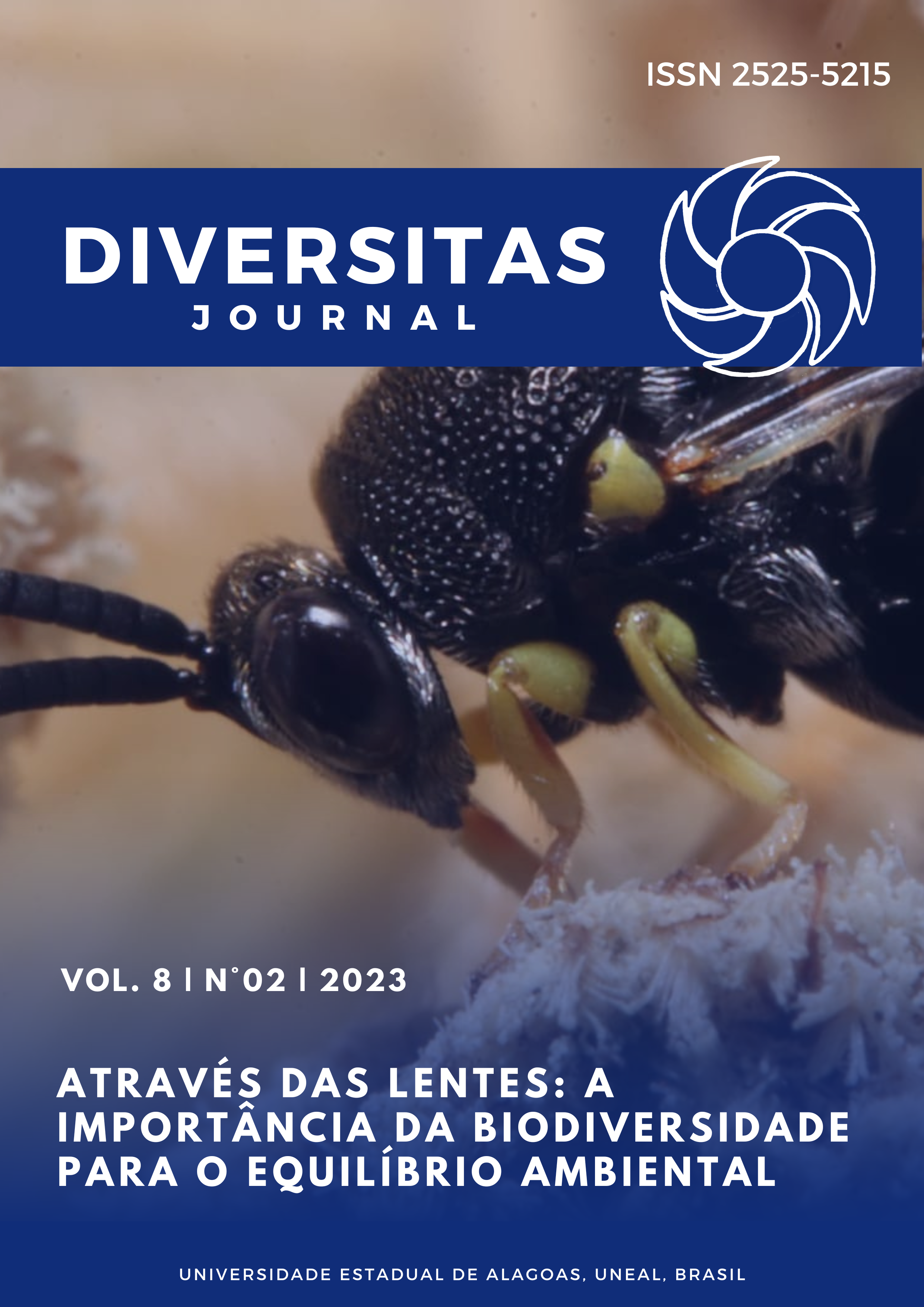Waste Plan Penerated in Civil Construction
DOI:
https://doi.org/10.48017/dj.v8i2.2131Keywords:
Environment, space transformation, waste, laws and well-beingAbstract
The transformation of natural space into a humanized space requires studi technicians that aim to mitigate, as much as possible, the impacts on the environment andconsequently to man himself. You must always observe environmental laws and its recommendations regarding the use of natural and artificial resources so that they meet technical standards and contribute to harmony man and a half (social and environmental well-being). The civil construction waste plan constitutes an integral part of the documentation required to obtain the Environmental authorization of the projects. The said Plan aims to implement necessary actions in order to avoid, minimize, prevent and control the possible environmental impacts that occur from the generation of waste fromcivil works of the projects. With that, it will reduce, reuse, recycle, will store and give the proper final destination to these wastes, translating into actions that will bring economic, social and environmental benefits.
Metrics
References
Associação Brasileira de Normas Técnicas. (2004). NBR 15112: Resíduos da construção civil e resíduos volumosos - Áreas de transbordo e triagem - Diretrizes para projeto, implantação e operação. p. 1-7.https://www.normas.com.br/visualizar/abnt-nbr-nm/23693/nbr15112-residuos-da-construcao-civil-e-residuos-volumosos-areas-de-transbordo-e-triagem-diretrizes-para-projeto-implantacao-e-operacao
Associação Brasileiras de Normas Técnicas. (2004). NBR 15113: Resíduos sólidos da construção civil e resíduos inertes - Aterros - Diretrizes para projeto, implantação e operação. p. 1-12. https://portal.seuma.fortaleza.ce.gov.br/fortalezaonline/servletrepositoriolegislacao?arquivo=NBR_15113_2004.pdf&pasta=legislacaoGeral
Associação Brasileiras de Normas Técnicas. (2004). NBR 15114: Resíduos sólidos da construção civil Áreas de reciclagem Diretrizes para projeto, implantação e operação. p. 1-7. https://portal.seuma.fortaleza.ce.gov.br/fortalezaonline/servletrepositoriolegislacao?arquivo=NBR_15114_2004.pdf&pasta=legislacaoGeral
Instituto de Meio Ambiente de Alagoas. Manual-Sgors. http://www.ima.al.gov.br/wp-content/uploads/2021/01/Manual-Sgors.pdf.
Interage. (2002). Gerenciamento de resíduos sólidos para a construção civil https://interagevix.com.br/biblioteca/view/12/gerenciamento-de-residuos-solidos-para-a-construcao-civil
Lei nº 10.257 de 10 de julho de 2001. (2001). Regulamenta os arts. 182 e 183 da Constituição Federal, estabelece diretrizes gerais da política urbana e dá outras providências. https://www.planalto.gov.br/ccivil_03/leis/leis_2001/l10257.htm#:~:text=Para%20todos%20os%20efeitos%2C%20esta,bem%20como%20do%20equil%C3%ADbrio%20ambiental.
Lei nº 4.548 de 21 de novembro de 1996. (1996). Institui o Código Municipal de meio ambiente e dispõe sobre a administração do uso dos recursos ambientais ... do município de Maceió, de forma a garantir o desenvolvimento sustentável. http://www.residuossolidos.al.gov.br/vgmidia/arquivos/52_ext_arquivo.pdf
Lei nº 6.938 de 31 de agosto de 1981 (1981). Dispõe sobre a Política Nacional do Meio Ambiente, seus fins e mecanismos de formulação e aplicação, e dá outras providências. https://www.planalto.gov.br/ccivil_03/leis/l6938.htm#:~:text=LEI%20N%C2%BA%206.938%2C%20DE%2031%20DE%20AGOSTO%20DE%201981&text=Disp%C3%B5e%20sobre%20a%20Pol%C3%ADtica%20Nacional,Lei%2C%20com%20fundamento%20no%20art.
Lei nº 9.605 de 12 de fevereiro de 1998. (1998). Dispõe sobre as sanções penais e administrativas derivadas de condutas e atividades lesivas ao meio ambiente, e dá outras providências. https://www.planalto.gov.br/ccivil_03/leis/l9605.htm
Portal CBIC. (2004). Resíduos da Construção Civil. Sinduscon – Bahia. https://www.sinduscon-ba.com.br/noticias/residuos-da-construcao-civil/index.html
Resolução nº 237 do Conselho Nacional do Meio Ambiente. (2002). Dispõe sobre a revisão e complementação dos procedimentos e critérios utilizados para o licenciamento ambiental. p. 644-652. http://conama.mma.gov.br/?option=com_sisconama&task=arquivo.download&id=237
Resolução nº 307 do Conselho Nacional do Meio Ambiente. (2002). Estabelece diretrizes e procedimentos para gestão dos resíduos da construção civil. https://cetesb.sp.gov.br/licenciamento/documentos/2002_Res_CONAMA_307.pdf
Souza, U. E. L. de., Paliari, J. C., Andrade, A. C. de., Agopyan, V. (1998). Perdas de materiais nos canteiros de obras: a quebra do mito. Qualidade na Construção Civil. https://www.sorocaba.unesp.br/Home/Graduacao/EngenhariaAmbiental/SandroD.Mancini/Perdas_na_Construcao_Civil.pdf
Downloads
Published
How to Cite
Issue
Section
License
Copyright (c) 2023 Elisangela Tavares de Almeida Ferreira, Cinthia Raquel de Souza

This work is licensed under a Creative Commons Attribution 4.0 International License.
The Diversitas Journal expresses that the articles are the sole responsibility of the Authors, who are familiar with Brazilian and international legislation.
Articles are peer-reviewed and care should be taken to warn of the possible incidence of plagiarism. However, plagiarism is an indisputable action by the authors.
The violation of copyright is a crime, provided for in article 184 of the Brazilian Penal Code: “Art. 184 Violating copyright and related rights: Penalty - detention, from 3 (three) months to 1 (one) year, or fine. § 1 If the violation consists of total or partial reproduction, for the purpose of direct or indirect profit, by any means or process, of intellectual work, interpretation, performance or phonogram, without the express authorization of the author, the performer, the producer , as the case may be, or whoever represents them: Penalty - imprisonment, from 2 (two) to 4 (four) years, and a fine. ”


















